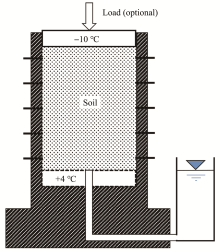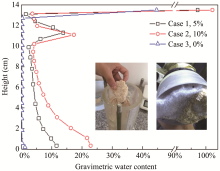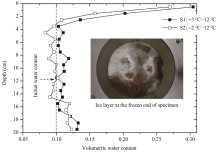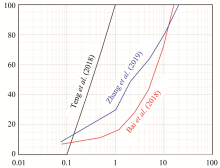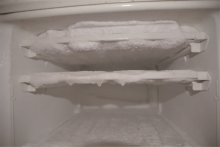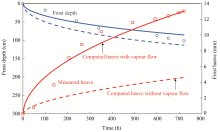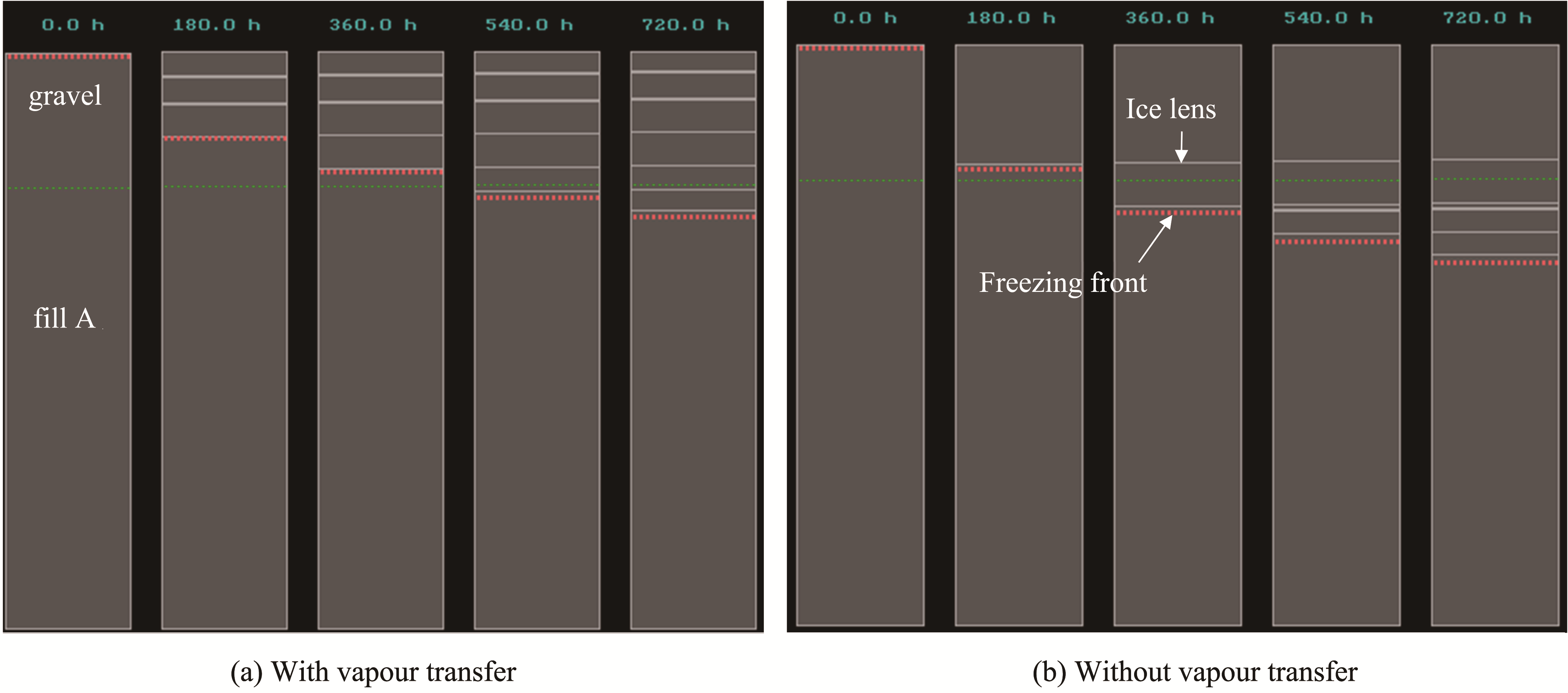Sciences in Cold and Arid Regions ›› 2021, Vol. 13 ›› Issue (2): 87–94.doi: 10.3724/SP.J.1226.2021.20051
Frost susceptibility of soils―A confusing concept that can misguide geotechnical design in cold regions
- 1.School of Civil & Environmental Engineering, University of Technology Sydney, Sydney Australia
2.National Engineering Laboratory for High-Speed Railway Construction, Central South University, Changsha, Hunan 430074, China
|
Bai R, Lai Y, Zhang M, et al., 2018. Water-vapor-heat behavior in a freezing unsaturated coarse-grained soil with a closed top. Cold Regions Sciences and Technology, 155: 120-126. DOI: 10.1016/j.coldregions.2018.08.007.
doi: 10.1016/j.coldregions.2018.08.007 |
|
| Beskow G, 1935. Soil freezing and frost heaving with special application to roads and railroads. Swedish Geology Survey Yearbook, 26(3): 375. (in Swedish) | |
|
Carter M, Bentley SP, 2016. Frost Susceptibility, in Soil Properties and Their Correlations. Chichester, UK: John Wiley & Sons, Ltd. DOI: 10.1002/9781119130888.ch9.
doi: 10.1002/9781119130888.ch9 |
|
| Chamberlain EJ, 1981. Frost Susceptibility of Soil, Review of Index Tests (No. CRREL-81-2), Regions Research and Engineering Lab Hanover NH. | |
|
Konrad JM, 1999. Frost susceptibility related to soil index properties. Canadian Geotechnical Journal, 36(3): 403-417. DOI: 10.1139/t99-008.
doi: 10.1139/t99-008 |
|
|
Liu H, Niu FJ, Niu YH, et al., 2011. Study of design of filling material and setting anti-frost layer for high-speed railway roadbed in seasonally frozen regions. Chinese Journal of Rock Mechanics and Engineering, 30(12): 2549-2557. DOI: 10.1016/j.cnsns.2011.01.018.
doi: 10.1016/j.cnsns.2011.01.018 |
|
|
Miller RD, 1972. Freezing and heaving of saturated and unsaturated soils. Highway Research Record, 393: 1-11. DOI: 10.1021/ba-1972-0110.ap001.
doi: 10.1021/ba-1972-0110.ap001 |
|
| Miller RD, 1977. Lens Initiation in Secondary Heaving. Proc. Int. Symp. on Frost Action in Soils. Luleå University of Technology, Sweden, Vol.2. pp. 68-74. | |
| Sheng DC, 1994. Thermodynamics of freezing soils, theory and application, Doctoral Thesis, 1994: 141D, Luleå University of Technology, Sweden. | |
|
Sheng DC, Axelsson K, Knutsson S, 1995a. Frost heave due to ice lens formation in freezing soils: 1. Theory and verification. Nordic Hydrology, 26(2): 125-146. DOI: 10.1007/BF00613312.
doi: 10.1007/BF00613312 |
|
|
Sheng DC, Axelsson K, Knutsson S, 1995b. Frost heave due to ice lens formation in freezing soils: 2. Field application. Nordic Hydrology, 26(2): 147-168. DOI: 10.2166/nh. 1995.0009.
doi: 10.2166/nh. 1995.0009 |
|
|
Sheng DC, Zhang S, Niu FJ, et al., 2014. A potential new frost heave mechanism in high-speed railway embankments. Géotechnique, 64(2): 144-154. DOI: 10.1680/geot.13.P.042.
doi: 10.1680/geot.13.P.042 |
|
|
Sheng DC, Zhang S, Yu Z, et al., 2013. Assessing frost susceptibility of soils using PCHeave. Cold Regions Science and Technology, 95: 27-38. DOI: 10.1016/j.coldregions.2013. 08.003.
doi: 10.1016/j.coldregions.2013. 08.003 |
|
|
Teng J, Shan F, He Z, et al., 2019. Experimental study on ice accumulation in unsaturated clean sand. Géotechnique, 69(3): 251-259. DOI: 10.1680/jgeot.17.P.208].
doi: 10.1680/jgeot.17.P.208 |
|
|
Teng J, Liu J, Zhang S, et al., 2020. Modelling frost heave in unsaturated coarse-grained soils. Acta Geotechnica, Published online at:. DOI: 10.1007/s11440-020-00956-2.
doi: 10.1007/s11440-020-00956-2 |
|
| Ye YS, Wang ZJ, Cheng AJ, et al., 2007. Frost heave classification of railway subgrade filling material and the design of anti-frost layer. China Railway Science, 28(1): 1-7. (in Chinese) | |
|
Zhang S, Teng J, He Z, et al., 2016a. Canopy effect caused by vapour transfer in covered freezing soils. Géotechnique, 66(11): 927-940. DOI: 10.1680/jgeot.16.P.016.
doi: 10.1680/jgeot.16.P.016 |
|
|
Zhang S, Sheng D, Zhao G, et al., 2016b. Analysis of frost heave mechanisms in a high-speed railway embankment. Canadian Geotechnical Journal, 53(3): 520-529. DOI: 10.1139/cgj-2014-0456.
doi: 10.1139/cgj-2014-0456 |
|
|
Zhang YZ, Ma W, Wang TL, et al., 2019. Characteristics of the liquid and vapor migration of coarse-grained soil in an open-system under constant-temperature freezing. Cold Regions Sciences and Technology, 165: 102793. DOI: 10.1016/j.coldregions.2019.102793.
doi: 10.1016/j.coldregions.2019.102793 |
| No related articles found! |
|
||


